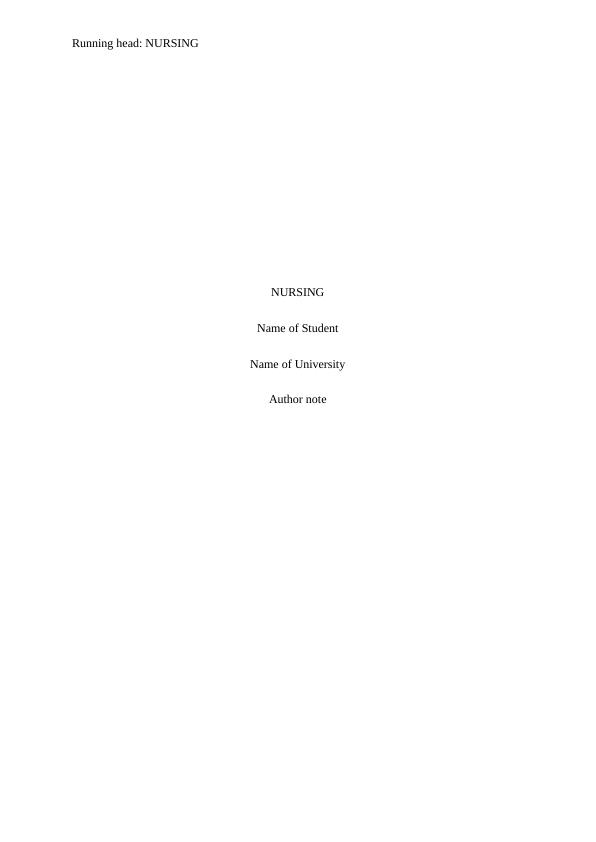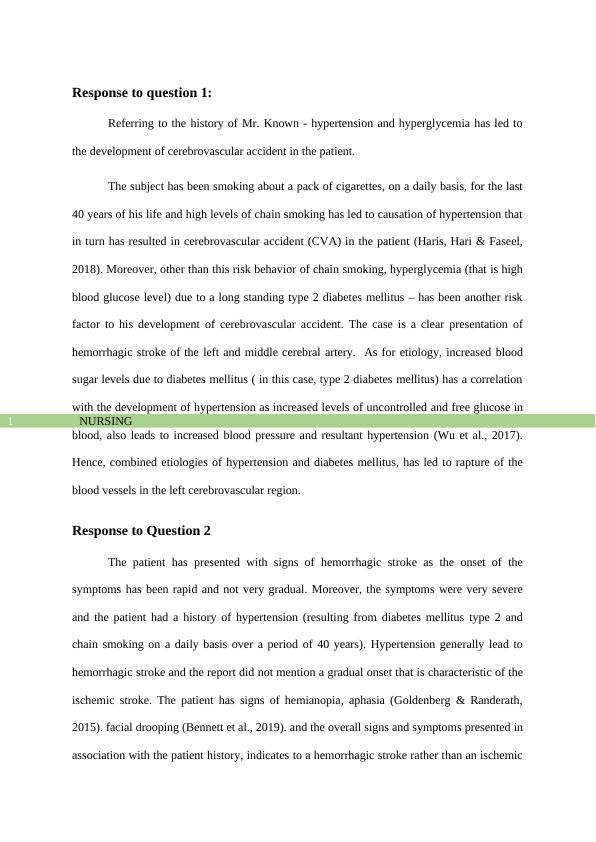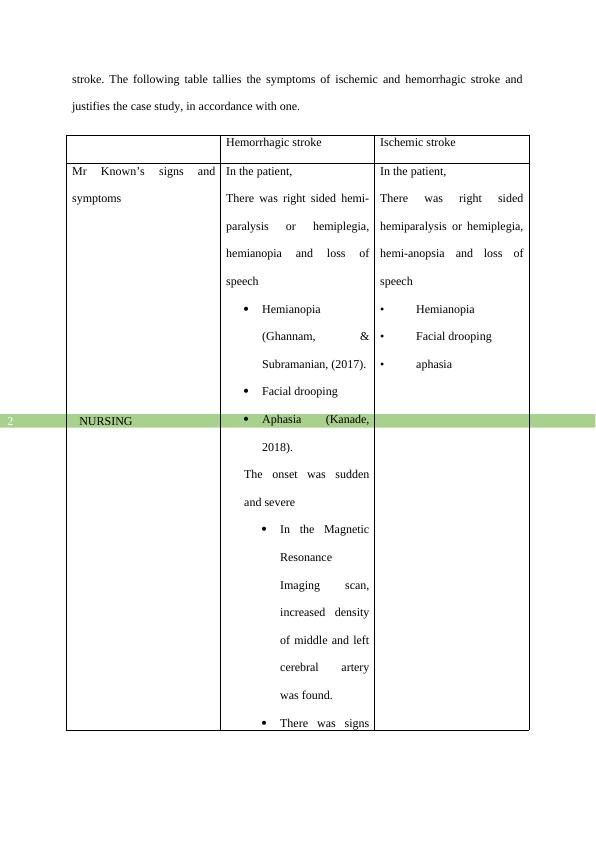Understanding Cerebrovascular Accident: Causes, Symptoms, and Interventions
Added on 2022-11-25
13 Pages2343 Words79 Views
End of preview
Want to access all the pages? Upload your documents or become a member.
Nursing Case Study
|12
|3591
|1
Stroke: Causes, Symptoms, and Consequences
|13
|707
|39
Cerebrovascular Accident: Pathophysiology and Pharmacologic Management
|10
|2402
|241
Pathophysiology of Chronic Diseases: Stroke, Dementia, Parkinson's, and Multiple Sclerosis
|10
|1864
|63
Pathophysiology and pharmacology of cerebrovascular accident: A case study
|10
|2676
|244
Patient Teaching Plan for Stroke Prevention: Evidence-Based Intervention
|8
|1834
|467




